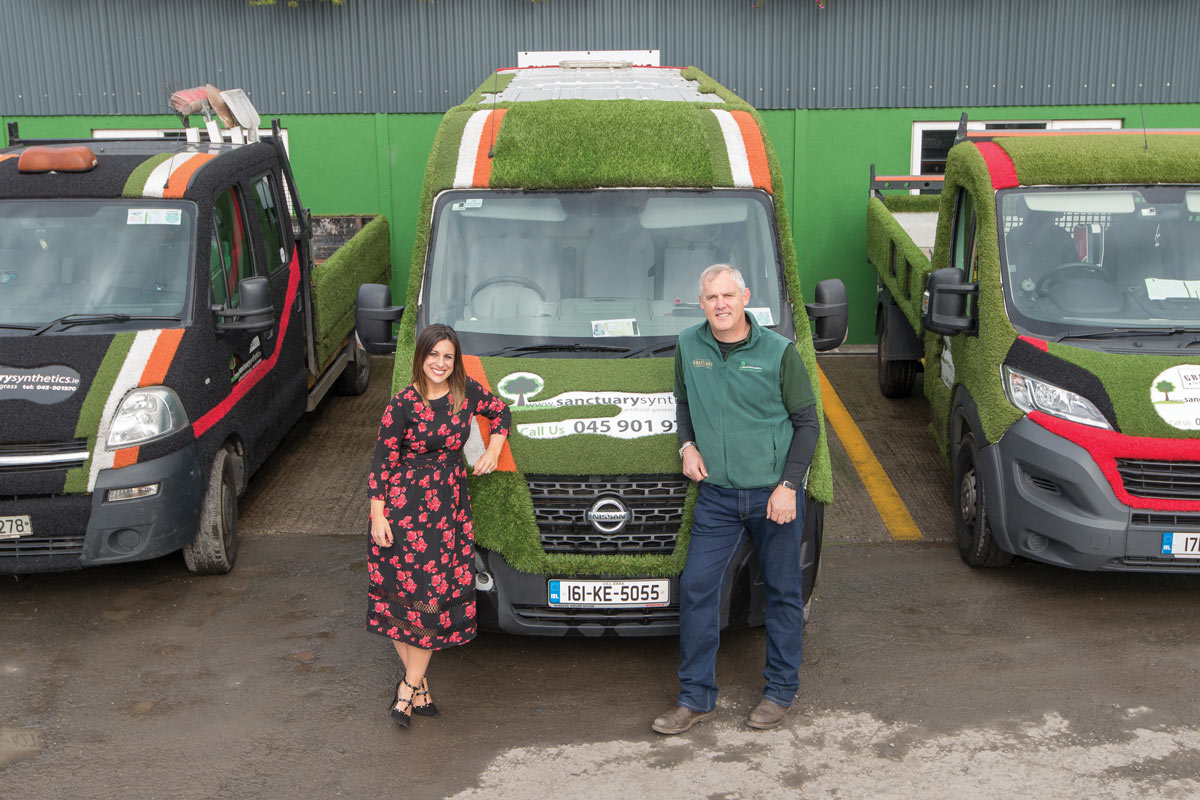
We all dream of that perfect green expanse, a lush carpet where kids play and summer evenings unwind. But what if that seemingly idyllic lawn is actually a historical relic, silently demanding more of your time, money, and energy than you ever realized? As one astute observer put it, “grass is the cheapest plant to install and the most expensive to maintain.”
It’s a surprising truth, but the traditional, perfectly manicured lawn isn’t a natural part of a garden. Its origins trace back centuries, from defensive perimeters around medieval castles to grand statements of aristocratic wealth, where landowners showed off by dedicating vast stretches of land to pure aesthetics, not agriculture.
Fast forward to today, and this historical affectation has evolved into a “cultural juggernaut”. We’re often conditioned to believe a pristine lawn is a mark of good citizenship, even if it’s a “high maintenance, wasteful and labour intensive affectation” that demands countless hours. Think about it: the endless cycle of mowing, fertilizing, weeding, and watering – it’s a constant battle against nature simply to maintain an unnatural ideal.
Many homeowners feel “unwittingly enslaved” by their lawns, trapped on a “hamster wheel of endless lawn maintenance”. If your weekends are vanishing under the hum of a mower, or you’re tired of battling mud and weeds, it might be time to question this conventional wisdom. Imagine reclaiming your time and transforming your outdoor space into a true sanctuary, free from this relentless burden.

Mark O’Loughlin is the founder and owner of Sanctuary Synthetics, Ireland’s leading supplier and installer of artificial grass. With over 25 years of experience in landscaping and more than 20 years at the helm of Sanctuary, Mark is a recognised authority on artificial lawns, play surfaces, and sustainable landscaping solutions. Through TheFakeGrassMan.com, he offers expert insights drawn from decades of hands-on experience in transforming Ireland’s outdoor spaces.


